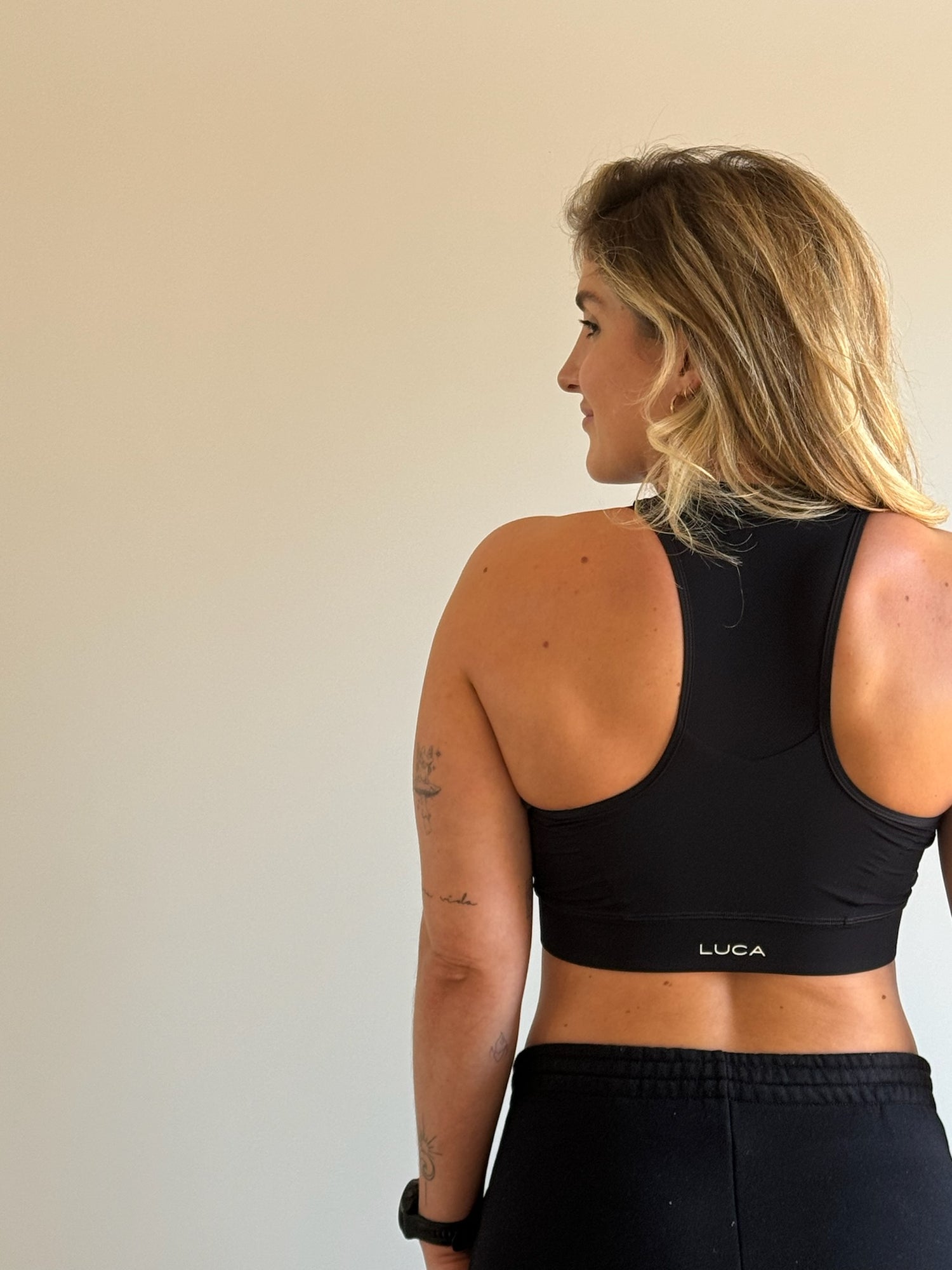
Cycling Nutrition for Women: Working with Your Body
We know how difficult it can be to find cycling nutrition advice specifically geared to women. To say research into the nutritional needs of female athletes is lacking is an understatement, especially when women make up nearly 50% of all sports participants. This can make it hard to stay on top of our game and health – but not impossible.
In this blog, you'll discover how to get the most out of your cycling by fuelling your body, getting the nutrients you need, and eating according to your hormones.
Pictured: Holly @happyhealthyhols

Fuel Your Body
We have different fuelling needs to men due to our body composition, and fluctuating hormones. Before we get into hormones, let's go back to basics and calculate how much energy you need to stay healthy while you train.
As a female cyclist, you should be consuming enough calories each day to compensate for training and help you recover and maintain overall health. Energy availability is one method used to calculate this, which you can do by subtracting the calories you've burnt during exercise from your calorie intake. If your energy availability is too low, your health will suffer, and you may experience issues like missed periods, or fatigue.
Aim for an energy availability of 45kcal per kg of fat-free mass – the weight of bones, muscles and other body mass that isn't body fat – every day to feel and perform at your best.
Remember, the more calories you burn, the more you need to
eat. Try to keep it balanced with:
1. Wholegrain carbs: oats, wholemeal bread, brown rice, quinoa, buckwheat.
2. Protein: lean meat, fish, eggs, dairy, tofu, beans and lentils.
3. Healthy fats: avocado, olive oil, nuts, seeds, fatty fish.
4. Fibre and vitamins: fruit and vegetables, etc.

Work with your hormones
Not against them.
You need to shake up your nutrition throughout your menstrual cycle to feel your best for the entire month. Before we get into what that looks like, it's important to note that this advice is for women who menstruate regularly and don't take the oral contraceptive pill.
The follicular phase
The first half of your menstrual cycle, aka the follicular phase, starts with your uterus shedding its lining – causing you to bleed your monthly 'period' (day 1) and ends with ovulation (around day 14).
Periods can feel like a struggle – on and off the bike – due to low energy and cramps. But getting out on your bike or hopping on a stationary bike can help take your mind off it – and it's the perfect time to exercise.
Oestrogen and progesterone levels are at an all-time low, making it an amazing time for you to push your training up a notch as those pesky hormones won't be getting in the way. Make sure to eat high-protein meals and snacks to help build muscles and recover. The general recommendation is to consume between 1.2 2g protein per kg per body weight enjoyed in meals and snacks throughout the day.
Do you cycle a lot? Research into the protein requirements for women who exercise for 1.5 hours a day in the follicular phase indicates a daily intake of at least 1.6g of protein per kg of body weight works best. So, if you weigh 70kg you would calculate: 70 x 1.6 = 112g protein.
You can also get away with eating more carbs during this stage (woo!) as your body will be using carbohydrates as fuel rather than fat. If your training session is longer than 1.5 hours, aim for 30 – 40g of carbs on top of your regular daily diet per hour of training to keep you fuelled.

Ovulation
Ovulation sits in the middle of the follicular and luteal phase (around day 14) and lasts 2-4 days. Your oestrogen and testosterone levels rise, which can increase your energy – and your libido.
The luteal phase
The luteal phase starts after ovulation and continues until the next time you bleed. Both oestrogen and progesterone have skyrocketed, which has some knock-on effects.
That sudden craving for pizza, doughnuts, and all that carb-filled fatty goodness? That's totally normal during this phase as our metabolic rate increases and our bodies burn more fats than carbs. This is paired with decreased carbohydrate storage ability, which makes carbohydrates harder to use for energy when cycling. To combat this, increase fuelling to 40 – 50g of carbohydrates per hour for sessions lasting 1.5 hours or longer.
Training will probably feel harder during this stage, so try to stick to lower-stress exercises and focus on honing your technique. Your body knows it needs extra fuel for your period, so make sure you're eating slightly more calories than usual to replace that extra calorie burn and avoid low energy with a diet rich in fruits, vegetables, fats, carbs and protein.




